10 Must-Watch Transgender Movies That Inspire and Educate
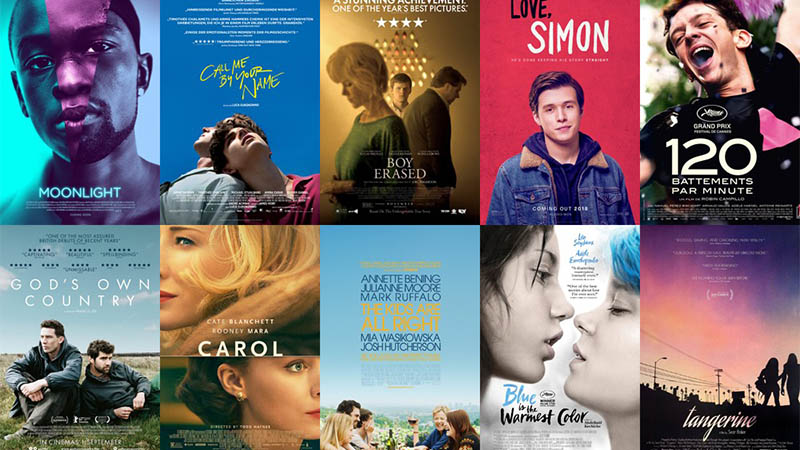
The film industry is vital for visibility and representation. Transgender movies can inspire and educate people. The movies have different themes. They show the lives, achievements, and struggles of the transgender community.
These films also encourage, teach and construct society and sympathy. This article discusses transgender films. It covers their history, key themes, and societal impact. It also addresses critiques, controversies, and future trends.
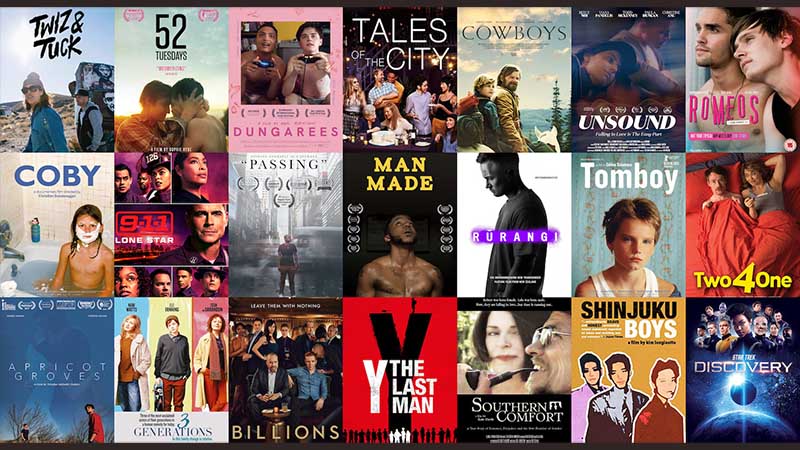
Historical Context of Transgender Representation in Film
Although early movies showed transgender characters, in the past few decades, you have observed a significant improvement in transgender representation in film. The historical context includes:
Early Portrayals of Transgender Characters in Cinema
Early films often portrayed transgender characters in a stereotyped and hated way. “Glen or Glenda” (1953) depicted transgender identities to captivate the audience.

The first attempts were often used to portray characters that evoked the viewer’s prejudice and social bias.
Evolution of Themes and Narratives Surrounding Transgender Identities
Like any other societal concern, the film storylines acknowledged transgender people’s issues. From the nineties to the early 2000s, positive, realistic representations appeared.

For instance, in “Boys Don’t Cry” (1999), the movie found the case and bias against trans people which is also in “The Crying Game” (1992). As for 2010s films on transgenderism, “The Danish Girl” (2015) and “Tangerine” (2015) are authentic.
Key Themes in Transgender Movies
Transgender movies highlight several themes to raise awareness and educate. Some of the key themes include:
Identity exploration
A significant theme in the movies that focus on transsexuality is identity and the finding of an acceptable identity. More frequently, they represent the inner conflict and milestones on the path to acceptance of oneself.
Boys Don’t Cry (1999)
Brandon Teena, a male-to-female transgender person, is driven out of the town and later savagely beaten. Brandon’s struggle in a relatively conservative setting of rural Nebraska, where his identity is openly despised, takes a lot of courage.
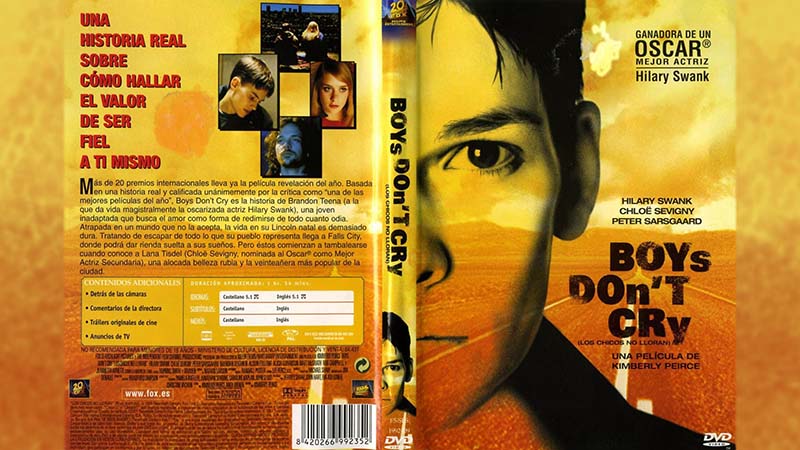
The film reveals the outside enemies and internal conflict of the desire to be true to oneself among the main characters of the targeted group. Hilary Swank’s acting career in the movie ‘Boys Don’t Cry’ is considered here: gender, courage, and the inability to accept people.
Tomboy (2011)
After moving, a trans boy, Laure, greets his friends in a shirt that says “Mickael.” Here, at least, you have the spurting out of personal desire as seen from the point of view of the child free from societal norms.
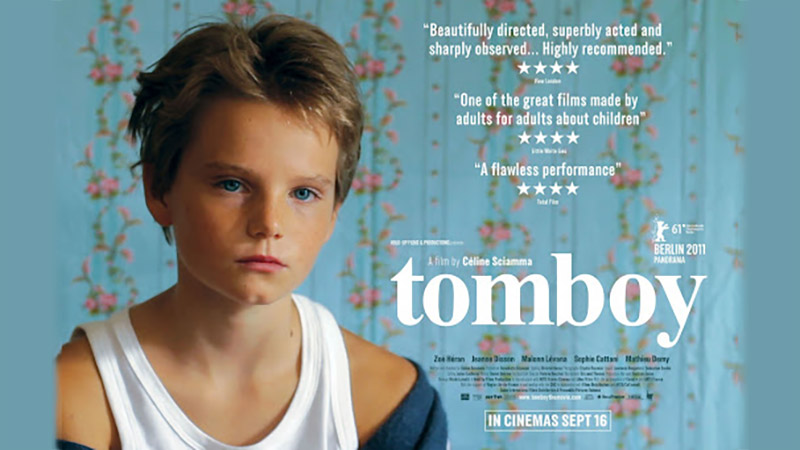
‘Tomboy’ is a true story. It is about a person’s struggle with their sexual orientation. It is also about the desire to be accepted for who they are. Gender stereotyping and the fact that children should be allowed to learn about their orientations is a central theme of the movie.
Social and Cultural Challenges
They address social bias and the struggles of cross-dressers in a hostile environment. For instance:
Danish Girl (2015)
This film is based on Lili Elbe’s story. She was one of the first to have sex change surgery. It explores her huge social and emotional issues while transitioning. Lili struggles a lot to be herself despite society not accepting her.
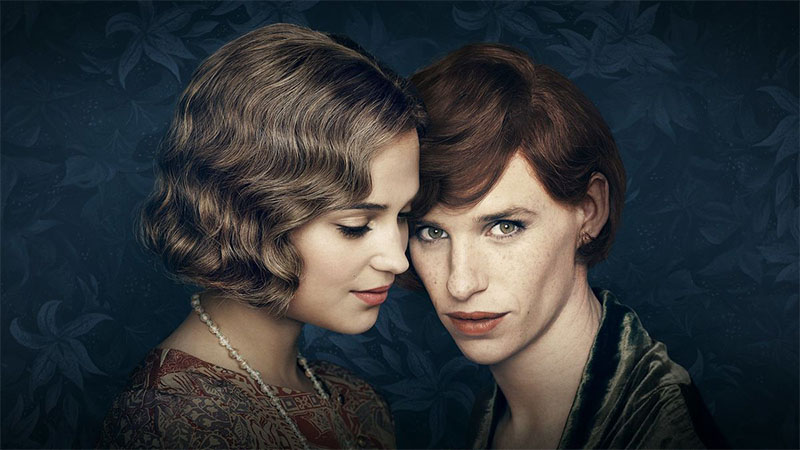
This video depicts that love and acceptance make significant transformations in her life as well as in her wife, Gerda.
A Fantastic Woman (2017)
The Chilean movie is about Marina, a transsexual woman. With her partner’s agreement, she is a transsexual woman. After her partner, Orlando, commits suicide, she faces severe stigma and exclusion.
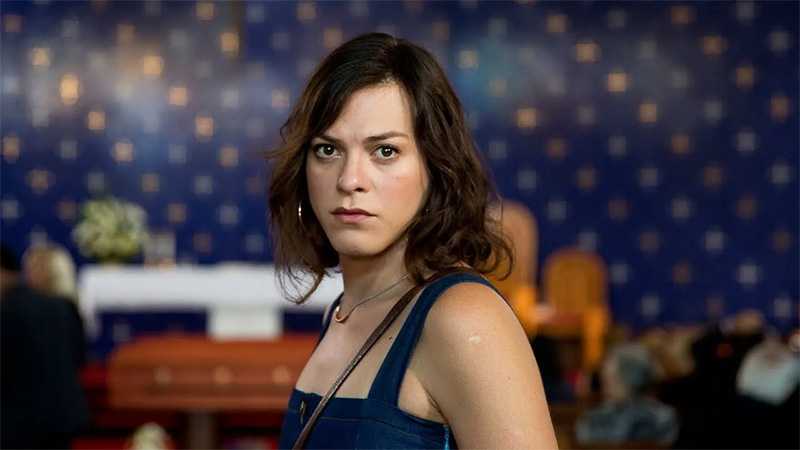
They have to face problems such as Orlando’s family and society, which becomes envious and hates Marina when she loses him. The video shows a fight for recognition of transgender rights. It highlights themes of perseverance and identity.
The Death and Life of Marsha P. Johnson (2017)
This documentary depicts Marsha P. Johnson, an LGBTQ rights activist and a participant in the Stonewall riots. It refers to her as ‘the problem.’ Her death, still unsolved, remains a mystery.
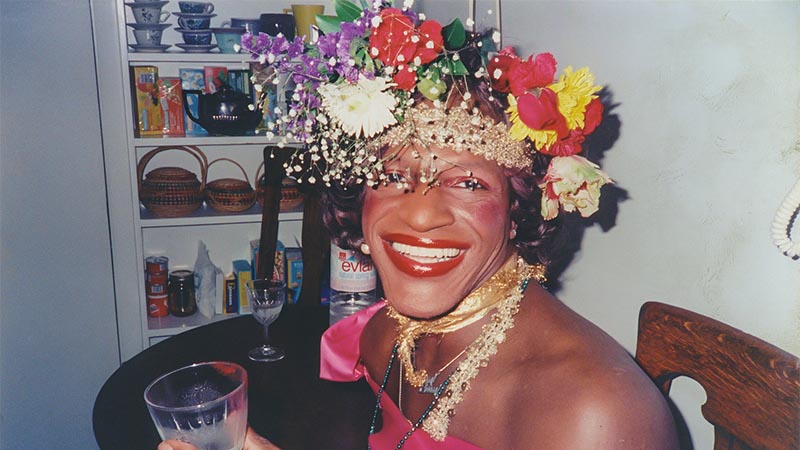
Some of the lives and the work of advocacy impacted the rights of the transgender, including Marsha. The documentary uses historical footage and interviews. It shows Marsha’s legacy in advancing LGBTQ+ rights and the quirks of transgender life.
Family Dynamics
These films show the psychological and emotional sides of being transgender and of their families. For instance:
Transparent (2014–2019)
The Pfeffer men must cope with having a female parent after mom Maura decides to become a woman. The movie’s intimate twists expose events. It focuses on family, acceptance, and identity, like Jill Soloway’s “Transparent.”
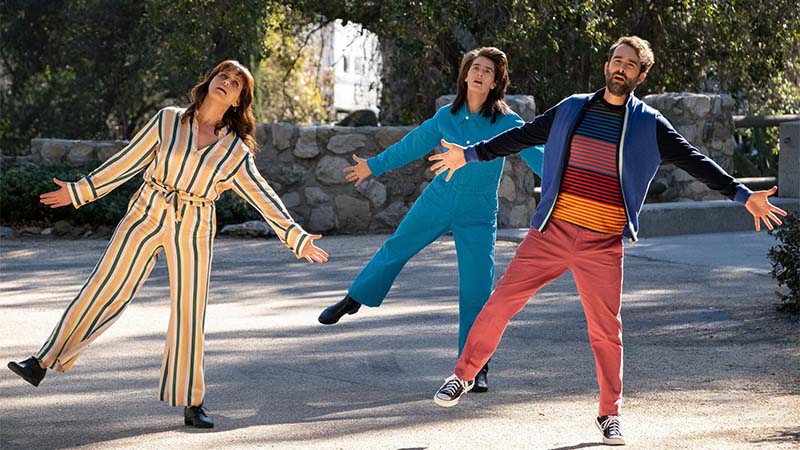
The later episodes show how Maura’s change affects the family. Each member suffers and transforms because of it. Acceptance through love, voluntary weakness, and androgyny are symbolically portrayed. This does not offend viewers.
Ma Vie en Rose (1997)
An androgynous child, Ludovic, believes he is a she. This belief affects his family and community. Ma Vie En Rose, directed by Alain Berliner, is a cultural sensitization film that focuses on gender identity.
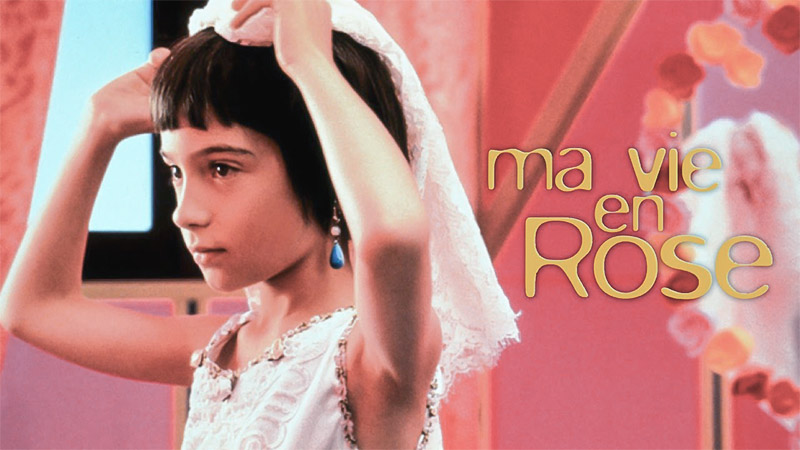
The movie’s central theme is gender identity. It uses Ludovic’s family to evoke joy and sadness. In terms of themes, the film shows the four-year-olds’ process of self-realization and the struggles of gender minorities.
XXY (2007)
The movie is about a young intersex adult. It explores their life and how gender identity affects their family. Lucía Puenzo, the director, adds a social aspect. She shows the challenges of intersex people.
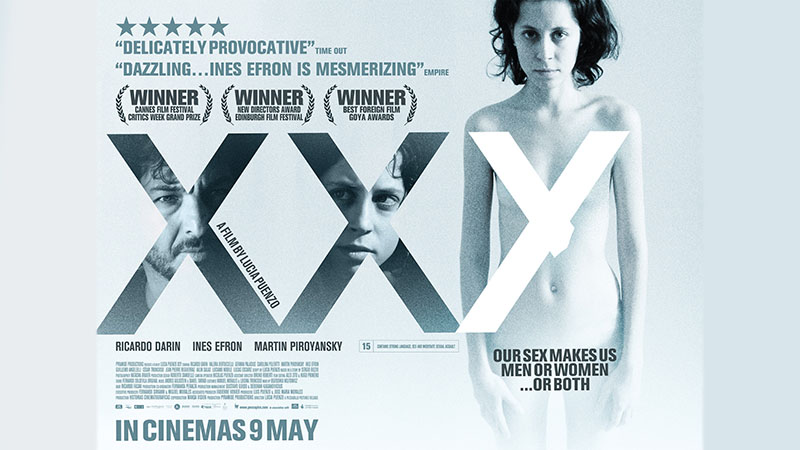
The movie shows social life through identity, pressure, and acceptance. Both the story of Alex and the movie “XXY” raise questions. They question the support of family and the identification of one’s gender in a dualistic world. It thus can be said that the sexuality of the movie enhances discussions on and respect for gender diversity.
Intersectionality
Films that explore gender, race, and class help you understand transgender issues better.
The Watermelon Woman
The film uses a unique way to enlighten the audience on race, gender, and sexuality. In discovering Richard’s hidden past, Cheryl notes two things. First, black women’s history is erased.
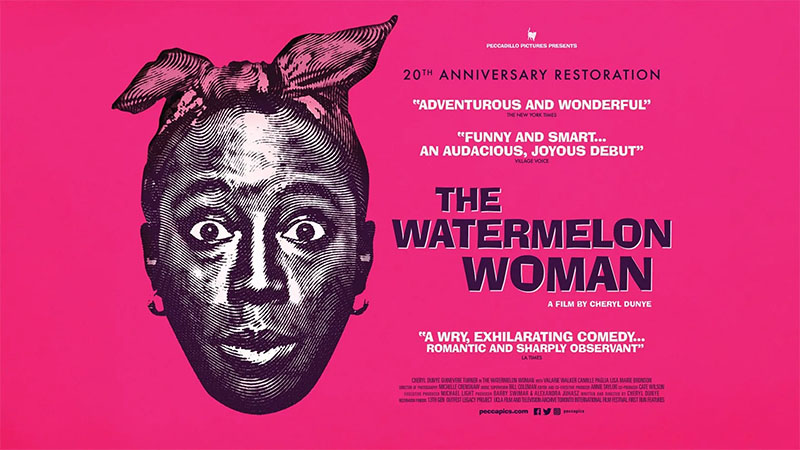
Second, LGBTQ+ people face challenges. The film is famous for its use of meta-narrative techniques. They reveal the movie’s real and fictional sides. They aim to change the film industry and social standards.
Pose (2018-2021)
The show highlights gender, ethnicity, and sexuality. It focuses on representation. It portrays transgender women and gay men of color.
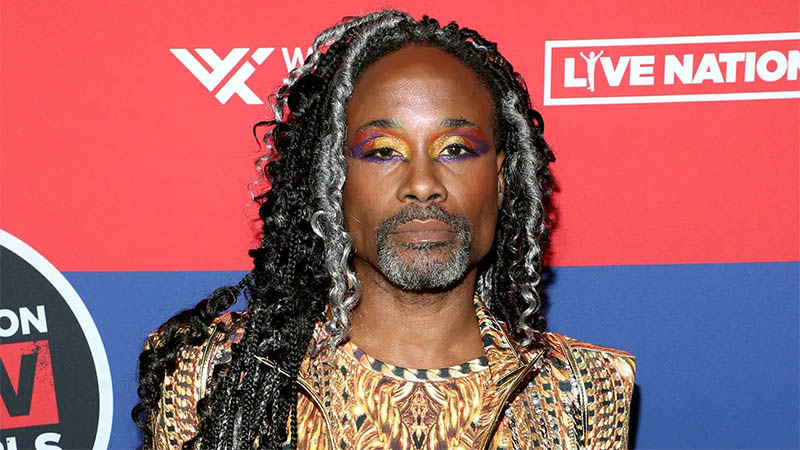
Notable griots of color include Billy Porter in “Moonlight” and MJ Rodriguez, Dominique Jackson, and Indya Moore in “Pose.” The series is about the HIV/AIDS epidemic, discrimination, and LGBTQ+ strength.
Impact of Transgender Movies on Society
Transgender movies have brought so much change to society. For instance:
Influence on Public Perception and Advocacy for Transgender Rights
Such films have acted as precursors of change in people’s perception, influencing the rights of the transgender. Often, these videos dissolve prejudices and contribute to empathy by showing realistic subjects.

The films shows the struggles of transgender individuals. They also show how they overcome challenges and impact society. Such movies like “Boys Don’t Cry” and “The Danish Girl” familiarized the audience with the consideration of transgender issues.
Role in Fostering Empathy and Understanding Among Viewers
Movies about transgender people have raised awareness of discrimination against them. Critics praised the movie ‘A Fantastic Woman.’ It made a case for better transgender representation in the media.
Other films with Transgender characters can change public opinion. They can also promote inclusion and change policies. The films’ social issues boost understanding of, and tolerance for, transgender people.
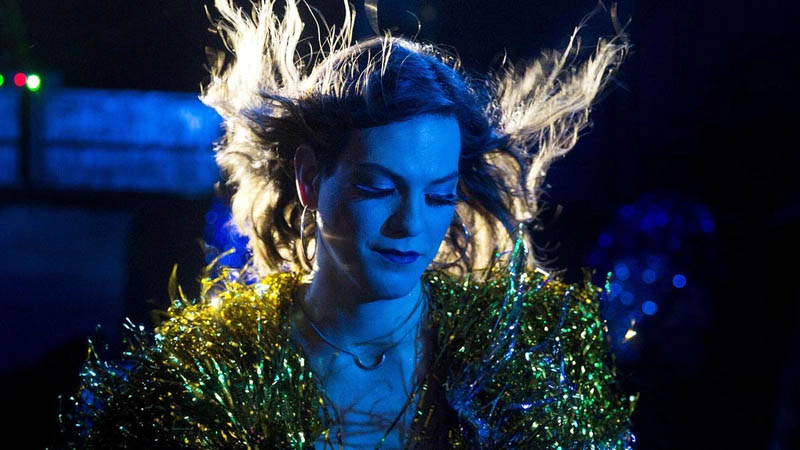
By revealing transgender people, viewers can overcome their prejudices. They can then relate to these individuals’ lives. The creation of a society that is open and accepting of others, therefore, needs to elicit an adequate response.
Critique and Controversies
Some critics say some films had cisgender actors in trans roles. They argue these enforced stereotypes and misrepresented the characters.
Criticisms regarding representation authenticity and stereotypes
The makers of the film “The Danish Girl” were criticized for casting a cis male actor to play Lili Elbe, a role for which Eddie Redmayne was the lead.

Haters argue that it harms transgender artists and distorts their lives. Some films can worsen preconceived notions about transgender people. They often portray them as victims or sad characters.
Mainstream Media Casting and Portrayal Controversies
The portrayal of marketers and other characters by cis actors is somewhat debatable. Some people argue that even experienced actors should be able to do it since it is a role. Some say only transgender performers should. It’s more authentic.

Others say it should go to talented performers who never get a shot. It sparks a debate as the industry demands representation and inclusion.
Emerging Trends and Future Directions
The presence of more people in cinema clearly states that the future is hopeful for transgender filmmakers. Transgender directors and writers also tell absolute and diverse truths that are not sexualized.
Rising Transgender Filmmakers and Their Contributions to Cinema
Through various creative presentations that are made on the silver screen, pioneers such as Silas Howard and Rhys Ernst advocate for transgender people.

It affirms the necessity of the voices of the transsexual both in front of and behind the camera: constructing the story from within.
Future Transgender Representation Trends in Film and TV
Transgender representation in cinema and television is promising, and the focus is on trust and diversity. More happy, successful, and regular everyday living stories of Transgender people are being shared than the stories of suffering and struggles.

Conclusion
Transgender films are valuable. They improve culture and dialogue. They provoke emotions and aid the fight for justice. Media portrayals of transgender people show a shift towards their acceptance.
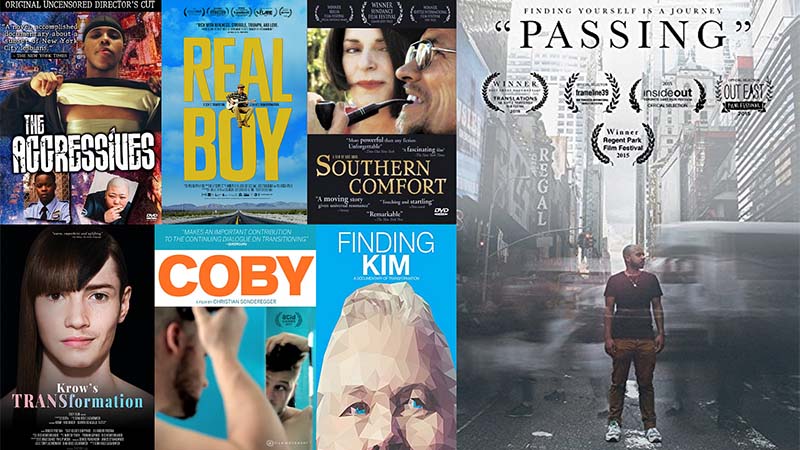
If the industry considers diverse stories, these films will inspire future generations. They will make the world more accepting and understanding.

 Basic Packers
Basic Packers Pack & Play
Pack & Play STP
STP